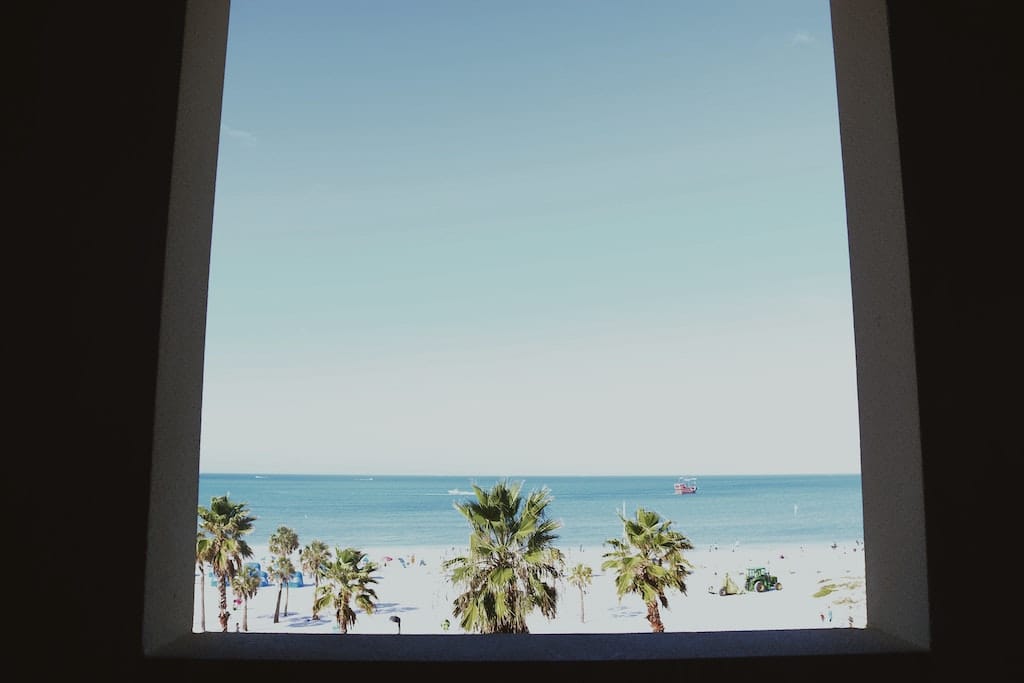All Categories
Featured
Table of Contents
The Ultimate Guide To Double Glazed Windows in Kardinya Western Australia
Laminated glass is typically used in locations in the house most susceptible to injury from human effect such as restrooms, doors, around staircases and in areas near the flooring (it meets the requirements of 'safety glass' that is mandated for use in these locations by Australian Standard AS 1288 Glass in buildings).
Toughened glass has actually been 'tempered' by being reheated and quickly cooled again. This process makes it much more powerful than basic glass it can resist higher impact loads before breaking. It also makes it safer since, when it does shatter, it breaks into numerous small cubic pieces instead of harmful fragments.
Double Glazing For Warmer Temperature : R/melbourne in Como WA
However, toughened glass has no thermal or acoustic advantages over other glass of the exact same toning or thickness. Secondary glazing is where single-glazed windows are retrofitted with a transparent acrylic or glass sheet attached to the within the frame or openable sash with a secondary frame or with magnetic strips.


Secondary glazing will not perform also thermally as a manufactured IGU, considering that it is difficult to totally seal the border, but it can supply excellent sound control. Window films are a thin polymer movie consisting of a soaking up color or reflective metal layer, with an adhesive backing. They stick to your glazing to change its colour or make it reflective.
Glazing And Glass Options - Smarter Homes in Mount Nasura Perth
Applied to existing glass, some window films can cut in half the general SHGC of the window by soaking up and/or showing solar radiation. This can be especially useful in hotter climates where cooling is the primary issue, or on east and west elevations directly exposed to long durations of sunshine. Window movies might also lower noticeable light transmittance.

For this factor, it is typically best to use a certified installer of window movie. Frames have a considerable influence on the thermal efficiency of doors and windows, due to the fact that energy can be acquired and lost through the frame, as well as through the glass. Different types of frame will enable different levels of heat gain and loss, so cautious option of frame is necessary for efficient passive style.
Keep Cool This Summer Without Overusing Your Aircon. in Burswood WA
Aluminium is also an extremely excellent conductor of heat and will decrease the insulating value of a glazing unit, unless particularly engineered to minimize this. A 'thermally broken' frame is made up of 2 aluminium areas connected by a structural insulator (usually a low-conductivity structural polymer). This 'breaks' the thermal connection through the aluminium and lowers the heat streaming through the frame.
Timber frames are a good natural insulator that can match some house styles. Wood frames should be made from types that have naturally high toughness or be dealt with to avoid decay and contortion.
The Best Double Glazing Companies In Canberra in Palmyra WA
(weather condition removing) is set up.
u, PVC windows and doors have exceptional thermal efficiency Picture: Ben Wrigley (Light House Architecture and Science) Composite frames use aluminium profiles on the outer sections with either a wood or u, PVC inner area. These integrate the low upkeep and resilience of aluminium with much enhanced thermal performance.
Table of Contents
Latest Posts
8 Benefits Of Double Glazing To Take Advantage Of in Greenmount WA
Single Vs Double Vs Triple - Which Window Is Right For Your ... in Hazelmere Western Australia
Twinglaze® Double Glaze Specification Act - Vic in Coogee Perth
More
Latest Posts
8 Benefits Of Double Glazing To Take Advantage Of in Greenmount WA
Single Vs Double Vs Triple - Which Window Is Right For Your ... in Hazelmere Western Australia
Twinglaze® Double Glaze Specification Act - Vic in Coogee Perth